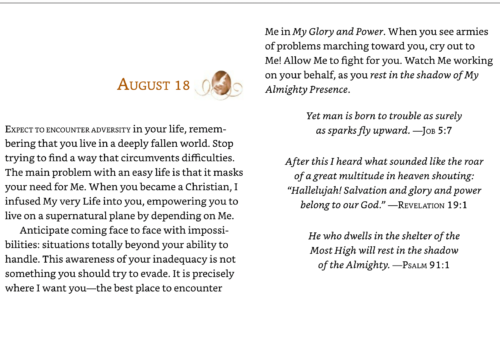A Theology of Making
“Leave her alone,” said Jesus. “Why are you bothering her? She has done a beautiful thing for me. . . . She poured perfume on my body beforehand to prepare for my burial.” (Mark 14:6, 8)
I am struck by the deep awe, reverence, and devotion that modern artist and Christian Makoto Fujimura brings to his creative process. In these touching passages, he describes how he takes inspiration from the Gospel story of the “woman with the alabaster jar,” who anoints Jesus’ head with oil (see Mark 14:3).
I experience God, my Maker, in the studio. I am immersed in the art of creating, and I have come to understand this dimension of life as the most profound way of grasping human experience and the nature of our existence in the world. I call it the “Theology of Making.”. . . It has become my point of reference for a lifetime of star-gazing into the infinite realities of beauty and the sacred—and then creating. . . .
In the slow process of preparing the pigments and glue, which one must learn to do with the handmade paint that I use, I realized that I was practicing a devotional liturgy of sorts, . . . Through this act, I begin to feel deeply the compassion of God for my own existence, and by extension for the existence of others. My works, therefore, have a life of their own, and I am listening to the voice of the Creator through my creation. I am drawn into prayer as I work.
The impulse toward Making seems embedded in us from “the beginning.” Such an impulse imbeds our vision in actual earthly materials. So our journey to “know” God requires not just ideas and information, but actual making, to translate our ideas into real objects and physical movements.
It is hard work to live into this generative love, and it is what we are made for: to paint light into darkness, to sing in co-creation, to take flight in abundance.
I consider my art to be a devotional act, a memorial in response to this woman’s act [in Mark 14]. I use precious materials such as azurite, malachite, and gold. I have done many paintings and installations based on this passage. . . . “Truly I tell you,” he said to the disciples, “wherever the gospel is preached throughout the world, what she has done will also be told, in memory of her” [Mark 14:9].
In Mary’s devotion, she expressed the beautiful to Jesus. What makes us truly beautiful? What makes us not just good, not just right, but beautiful? Can our churches be beautiful again, and not just promote goodness and truth? . . . Remember, what the disciples deemed a waste, Jesus called the most necessary. We have much to learn from Mary. What is our frivolous act of devotion today? What is our “art”? Mary’s act of extravagance is what it means to create in, and through, love.
Prayer For Our Community
Loving God, you fill all things with a fullness and hope that we can never comprehend. Thank you for leading us into a time where more of reality is being unveiled for us all to see. We pray that you will take away our natural temptation for cynicism, denial, fear and despair. Help us have the courage to awaken to greater truth, greater humility, and greater care for one another. May we place our hope in what matters and what lasts, trusting in your eternal presence and love. Listen to our hearts’ longings for the healing of our suffering world. Please add your own intentions . . . Knowing, good God, you are hearing us better than we are speaking, we offer these prayers in all the holy names of God. Amen.
Story From Our Community
One morning I prayed to live more aware of God’s presence. So many suggestions have come to me, but I didn’t recognize them as prayerful contemplation until I read Fr. Richard’s words. I danced as a girl and had begun ecstatic dance at home, without knowing what I was doing. I used singing as a way to heal and bless my being in union with God. I guess God has been speaking to me, and how happy does that make me? I am in awe and joyous.
—Jessica K.
